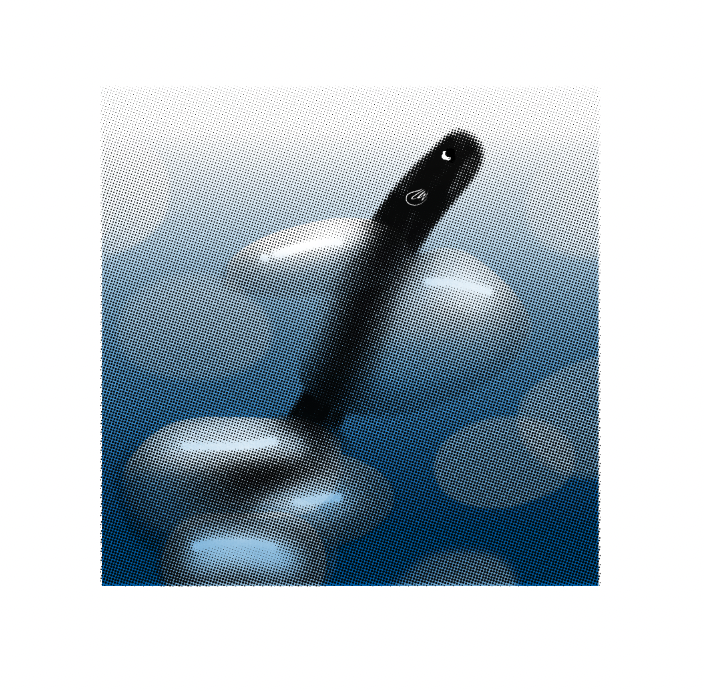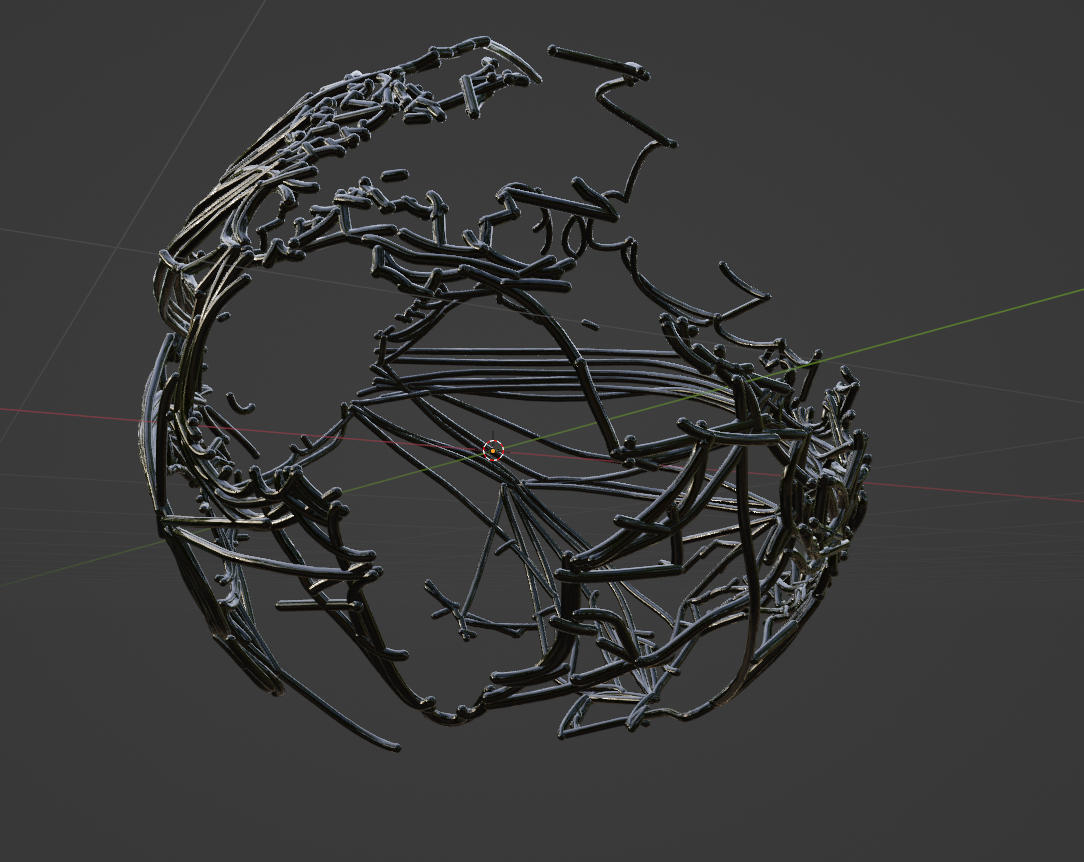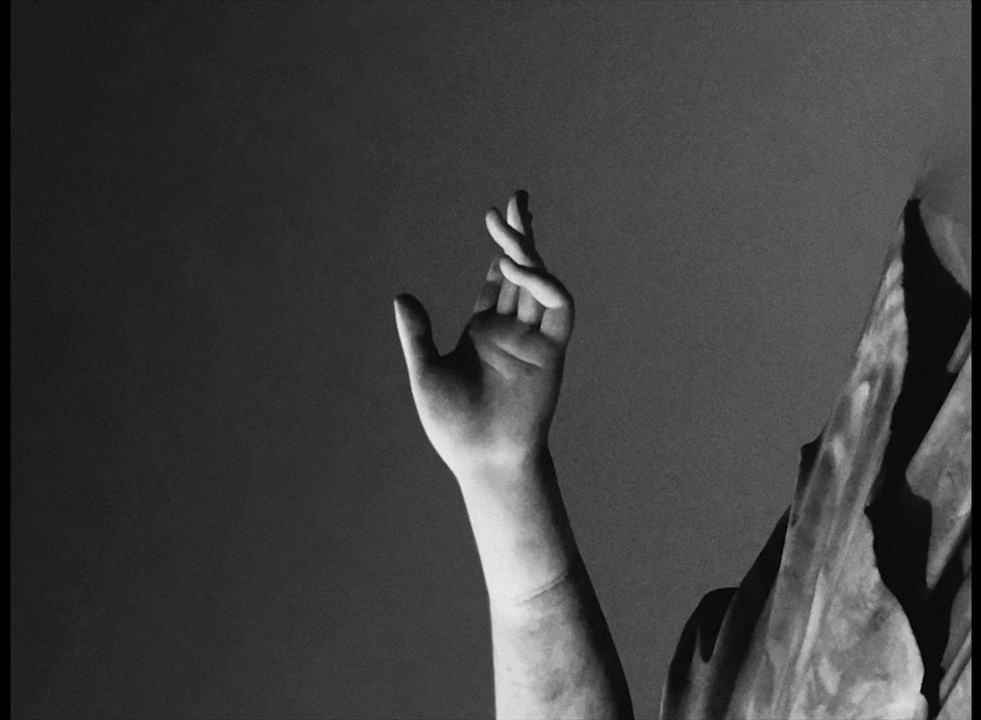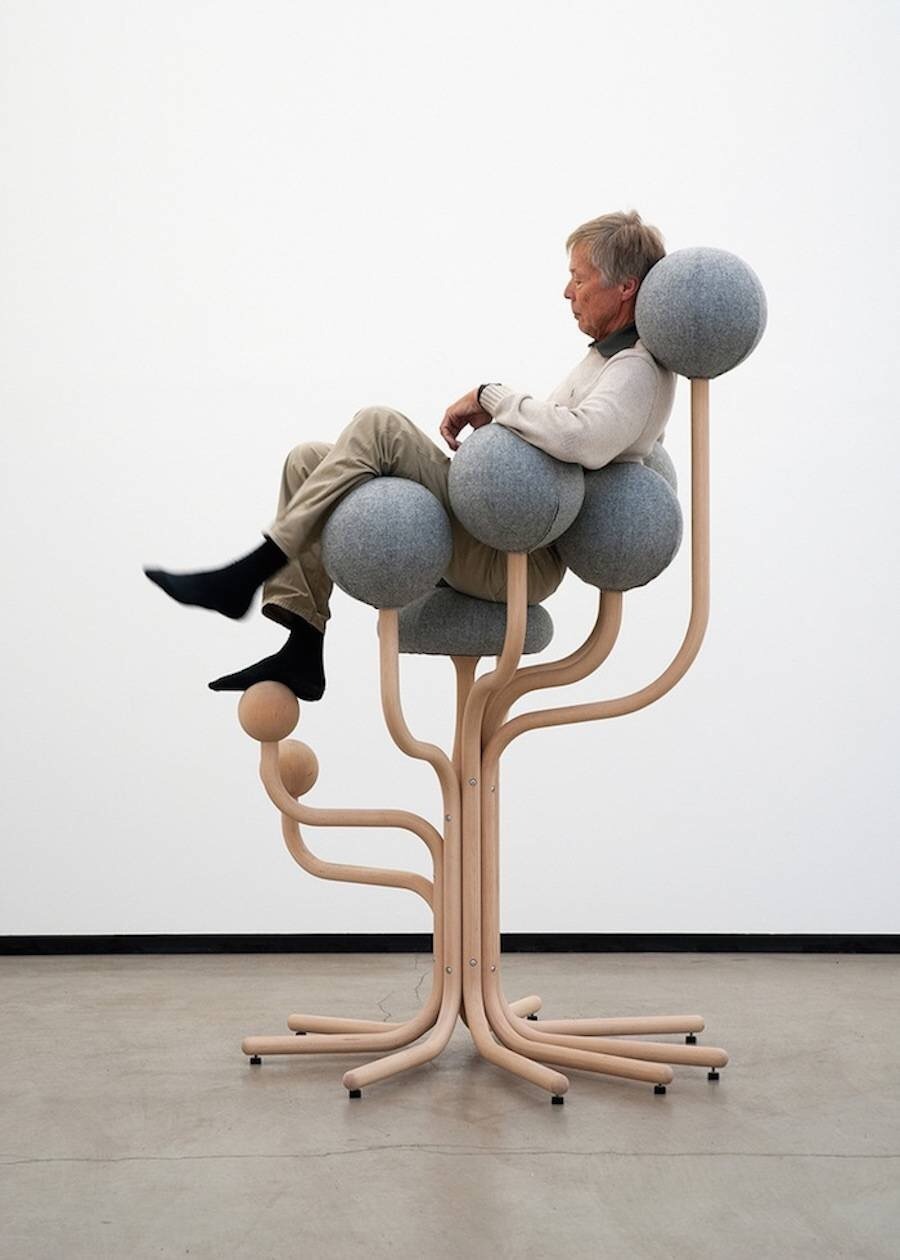 a watercolour painting loosely of an eel pot
a watercolour painting loosely of an eel pot
Hope you’ve been well! Nova Scotia got an absolute deluge of rain over the weekend, but thankfully we didn’t experience any flooding– and are already back to sunny weather! The weather here is so changeable on the daily, I’m finding.
I have a few small updates to share this week, with some ongoing lines of thought/projects and a couple things that didn’t get into the last post:
 a little eel style test
a little eel style test
My little essay about the undersea cables last week combined with my research about the eel pot that I loved (week 1’s log). There’s some overlaps/connections: the form of these long cables are visually reminiscent of an eel, during their lifecycle eel’s actually transition from saltwater to fresh water (inland) and back, and they actually traverse the Atlantic Ocean to an unknown location to spawn.
I was reading about Eels:
Wherever eels are born, they’re relentless in their effort to return to their oceanic womb. I can tell you this from personal experience because I’ve tried to keep them in a home aquarium. The morning after the first night of my attempt, I found eels slithering around the floor of my kitchen and living room. After securing a metal screen over the tank with heavy stones, I was able to contain them, but soon they were rubbing themselves raw against the screen. Then one died trying to escape via the filter outflow. When I screened the outflow, they banged their heads against the glass until they had what appeared to be seizures and died. That’s when I stopped trying to keep eels.
My essay/research since grown into a comic, which is exciting because it’s been so long since I’ve made one! It’s about an eel that’s searching for something, and meets an anthropomorphised data cable in the ocean, and enters the internet. I want it to be experimental for me in that it’s combining physical graphite drawings with vector and 3D works. I’m compiling the pieces…
 a 3D object loosely mapping internet cables around the globe
a 3D object loosely mapping internet cables around the globe
From the previous week: There was a bit of an odd triangle of connections while I was continuing along the DIY-Assembly line of thought with games: DIY building + Games as an experience of agency + making with your hands.
My friend recommended her bookclub’s current read, Games: Agency as Art by C. Thi Nguyen, which I was able to get a preview of the first chapter of (here, if you’re interested). And boy! I’m definitely going to read the rest– there were lots of ideas presented that I find really fascinating. Nguyen argues that games are a way for players to experience different forms of agency:
when we play games, we take on an alternate form of agency. We take on new goals and accept different sets of abilities. We give ourselves over to different — and focused — way of inhabiting our own agency.
So games can communicate different forms of agency that we may not have access to in the real world, but the embodiment and flexibility that we experience is something that we could bring into the real world in helpful ways.
What he terms as ‘striving play’ was of particular interest:
In achievement play, goal and purpose are aligned… In striving play, goal and purpose are skew. An achievement player plays to win. A striving player acquires, temporarily, an interest in winning for the sake of the struggle. Thus, striving play involves a motivational inversion from ordinary life. In ordinary practical life, we pursue the means for the sake of the ends. But in striving play, we pursue the ends for the sake of the means. We take up a goal for the sake of the activity of struggling for it.
And because I also just started the new Zelda game, Tears of the Kingdom, I’ve been thinking about how agency is constructed for the player.
It’s open-world, as in the player can run around and explore wherever they’d like, at pretty much any point during their play (as opposed to being funnelled through certain areas in a linear progression); they can travel using a variety of methods including climbing; the new building system is as far as I can tell extremely flexible and behaves like a physics playground; and there are multiple, unscripted solutions to the puzzles and problems you encounter. And of course, there’s the building mechanics. People building crazy things out of parts– there’s a website where players can share instructions on how to make their constructs. Most seem to be in line with titles like ‘Lazer bot death machine’ and ‘Obliterator’, but people have also been making giant Gumby’s:
 Someone’s created a massive Gumby
Someone’s created a massive Gumby
This ties into this thread of DIY and self assembly. I’ve also been looking further into that idea from the Make This Chair essay, that learning through doing can empower us to change our environment, and how that’s perhaps connected to making with your hands. I’ve been slowly reading Making Sense Through Hands: Design and Craft Practice Analysed as Embodied Cognition by Camilla Groth, who says:
The act of making something with one’s hands in a material is a way of participating in the world. It is a conversation, interaction and negotiation between the person and her environment. By manipulating material, we affect the world and are simultaneously affected. What we make either stays or vanishes, but the experience has changed us, maybe in little ways, maybe in great ways. Our hands are the ultimate contact point between our self and the world, the physical and material. Through our sense of touch, we feel the material and its properties, its potential and its agency.

Finally, as mentioned last log, we had our first class outing to Paces Lake where we kayaked out to Firebrand Island and explored an abandoned cabin. (I didn’t bring my phone/camera, so I don’t have documentation unfortunately)
The cabin itself was slowly deteriorating, trees falling over onto it and the deck breaking up, nails sticking out everywhere. There were odd signs of life, like a speaker still mounted up on a tree trunk, a mini fridge (in the outhouse?), and a giant pile of green glass bottles and cans of Sprite and 7-up.
The mound was covered and intertwined with moss so that you couldn’t see where it began or ended. When you stepped onto it there was a spine-tinglingly sharp-crackly-crunch sound. When I slipped one of the bottles out, the moss’s form stayed in the shape it had grown around the bottle.
But what really stuck with me was just how soft and squishy the ground was. We were trampling through a forest of mostly pines, with lots of broken-edged sharp branches to duck around and push through, yet the ground was hilly and plush with moss. Stepping on it, sometimes your foot would depress the ground five inches, or go straight through into a hidden hole between two rocks. The green mounds were welcoming in ways that reminded me of plush furniture.
 not mine, but this is very similar to what I’m describing
not mine, but this is very similar to what I’m describing 
But I was also aware of all the foot prints, broken branches and small crushed plants we were leaving behind. There was no path (sorry Anna!); there was nowhere that had been made ready for us, no fences to keep us on the path, and away from harming the land.
I don’t mean to be overly precious about this; you can follow trails that have emerged from deer trails after all, animals create breaks in the foliage just doing their thing, too. Though I did mow the lawn for the first time yesterday (woohoo) and during it was thinking ‘this is probably the most consciously ecologically-harmful action I’ve done’, but hey, needs must. But the trails we use for recreational hiking, even the ones following historical tracks, are often very purposefully designed by humans to look natural while dealing with water, erosion, landmarks and no-trespassing areas. By creating and maintaining a trail, they try to minimize harm done to the environment by people who enjoy it.
I’ve been talking with friends about complicated past relationships and how revisiting and excavating them can cause hurt. I keep thinking about the island: the evidence of people left behind in pop cans and built structures, slowly eroding and being covered by nature. But those materials aren’t entirely decomposable — I’m glad nobody put a foot down on a rusty nail — they’re still dangerous. Is it better to let them lie, or to disrupt once again and remove them? Again, is it possible to ‘do no harm’ when there is no pathway?
Something to think about…

🍾🌱💭 Katherine
This post was shared to friend’s inboxes through my newsletter. You can subscribe, here, if you’d also like a letter to your own: